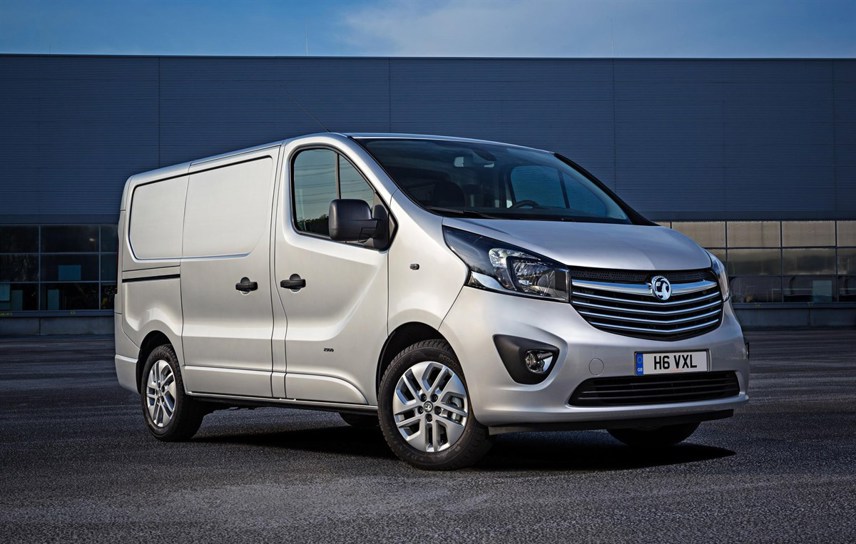Review
The Renault Trafic and Vauxhall Vivaro may have been developed in a joint venture, but the two vans are very different animals.
Whereas the Trafic is built in France and made with foreign components, the new Vivaro is assembled at Britain’s only remaining van manufacturing plant at Luton and is built using 40% of parts sourced in Britain.
Vauxhall was keen to emphasise this fact at the Vivaro’s launch and my test drive involved picking up chassis members from the nearby MKP factory and seats which are put together by Magna Seating.
Vauxhall has invested £185 million in the plant in readiness for this new van and expects to build 50,000 Vivaros in the first year of production. Some 52% of these vans are expected to be exported.
Brand manager Steve Bryant told Fleet Van: “We started building the Vivaro at Luton in 2001 and since then nearly a million vehicles have been made here. Building the Vivaro in the UK is worth £140m a year for the UK economy as it means 1,200 jobs and 40% of the parts are sourced within a 100-mile radius of the Luton plant.
“Our investment in the plant means that we can beat the build quality of the Trafic and we will be offering a range of bespoke fleet conversions.”
There are several other differences between the Trafic and Vivaro, too. While the Trafic is offered in three equipment levels, Vivaro comes in two – Standard and Sportive – and there will be a platform cab available for the first time, making even more conversions available.
The Vivaro has a wide-angle safety mirror in the passenger sunblind, which gives a view of the van’s blind spot on the nearside, as a standard fitment whereas it’s a £50 option on base variants of the Trafic.
However, Vauxhall only offers a three-year/100,000 mile warranty to the Trafic’s four years/100,000 miles.
The manufacturer says that fuel savings of up to 23% are achievable over the old model due to a stop-start system and an eco button on the dash which reduces the power slightly but improves fuel economy.
I tried this feature on my test drive and while it gives the van a rather sluggish feel, I found that by using the feature at cruising speed on A roads, I could hardly feel any difference.
Fleet buyers may want to give the driver no option of turning this device off. Bryant told us that Vauxhall was at present examining ways of hiding it under the dash.
In addition to the improved fuel economy from the smaller 1.6-litre engine, the new van gets electronic stability control as standard along with power windows and mirrors.
The residual value guides are predicting a price premium of around £1,000 over the old model.
On the pricing front, Vauxhall’s lowest priced van undercuts the Trafic by £250.
Author:
Fleet News
Specs
| Manufacturer | Vauxhall |
| Model | Vivaro Light Commercial |
| Specification | Vauxhall Vivaro Diesel 1.5 Turbo D 120 Pro H1 Van |
| Model Year | 2025.00 |
| Annual VED (Road tax) | £1035 |
| BIK List Price | £31,955 |
| CO2 | 191g/km |
| Insurance Group | N/A |
| CC | 1,499 |
| Fuel Type | |
| Vehicle Type | Medium van |
| Luggage capacity (Seats up) | N/A |
Running Costs
| P11D | £31,955 |
| Cost per mile | 56.65ppm |
| Residual value | £9,525 |
| Insurance group | N/A |
| Fuel Type | |
| Cost per mile | 56.65ppm |
| Fuel | 15.47ppm |
| Depreciation | 37.48ppm |
| Service maintenance and repair | 3.71ppm |
Info at a glance
-
P11D Price
£31,955
-
MPG
38.7 -
CO2 Emissions
191g/km -
Payload
N/A -
Load Volume
N/A -
Load Width
N/A -
Load Length
4,981mm
















